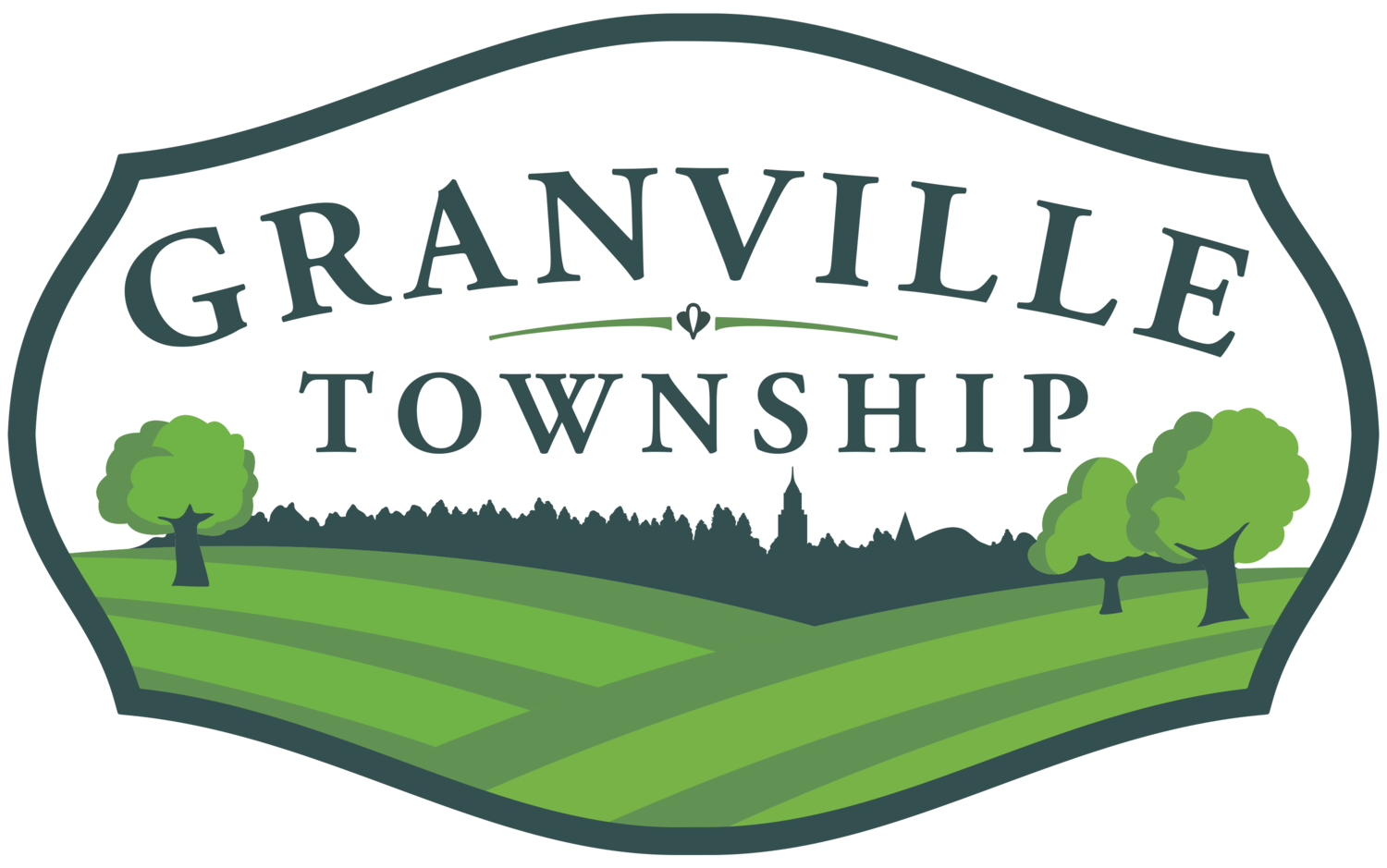Open Space
The original joint comprehensive plan was completed in December 1990 and accepted by the Township and Village in 1991. That plan noted the severe shortage of recreational space in the community. In those same years, the Ohio Legislature enacted Ohio Revised Code 5705.19(HH). This new law permitted Townships to pass real estate tax levies for the acquisition of open space through outright purchases of land and development easements.
Granville Township became the first Township in the state of Ohio to pass an open space levy. The 1.0 mill levy became effective in 1998. It was renewed by popular vote every five years since its inception. The Open Space Committee issues its list of recommendations included 5 categories of property purchases in 2001:
Preservation of areas of scenic/natural beauty as well as areas of historical or unusual geological significance that may be subject to development;
Preservation of the integrity of the comprehensive plan;
Protection of agricultural lands;
Preservation of Granville lands in danger of being annexed to other communities and/or high density development;
Protection of edges and boundaries, Village entrances, buffers, open vistas, and view sheds.
There are two ways the program protects land from development:
Outright Purchase – the landowner transfers legal ownership of the property to the Township. Property purchased with Open Space funds are held to the usages described in the Open Space Levy Language. The township can also include a conservation easement on the property that will “follow the land” which means the terms of the easement will remain with the property even if the property is sold by the Township. If the property is sold, all proceeds will be put back in the Open Space Fund.
Conservation Easement – The Township acquires an easement through payment to the land owner. This requires that the property owner give up some rights over land use and all development. The goal of a conservation land trust is to protect wildlife, historical or cultural sites, and natural resources from commercial development or other activities that may lead to disruption or pollution. However, it keeps the property on the property tax roll, allows for agricultural or passive recreational use of the property and eliminates the need for maintenance costs from the township.
Conservation easements can be tailored so that the landowner retains ownership and usage rights—such as the right to continue farming or raising livestock—while still ensuring that the land remains undeveloped in perpetuity. Conservation easements "follow the land," which means that the terms of the easement remain in force even if the land is sold or passed to heirs.
Additionally, because we are a public political institution, we can structure transactions for owners who are interested in financing their sale of land to us in a manner that provides tax benefits not ordinarily available in private transactions. This gives us the opportunity to pay for property over time and gives us flexibility in stretching our resources. It also provides an additional inducement to sellers of property to work with us in exchange for tax benefits.
For a complete narrative from 2004, click HERE to read more.
Open Space Properties
Map Legend
This map is interactive and clicking on the property will display an informational pop-up.
This map denotes parcels with a T# system that identifies the property owners - mostly by surname- at the time of Township purchase. These properties are divided into four categories, each with unique land use and public access restrictions:
▦ Conservation Easements – Privately owned properties with limited development and land use rights. These properties are NOT open to the public.
▦ Open Space Funds – Township-owned properties purchased with Open Space Funds. These have restrictions on land use. With the exception of Bryn Du Lawn, Spring Valley and Raccoon Valley Park, these properties are NOT open to the public.
▦ Unrestricted Funds – Township-owned properties purchased with unrestricted township budget funds. These have no land use restrictions, but for the most part, they are NOT open to the public
▦ Public Parks – Township owned properties which are managed by the Recreation District. These properties were donated or purchased with Open Space and Unrestricted funds. These properties are open to the public.
Conservation easement PDFs can be accessed at this link easement document database.
T1 – Row
T2 – Robb/Smith
T3 – Bruce Farms
T4 – White (split into two plots, agricultural and residential)
T5 – Homestead Farm AND Curry (subdivided from Homestead Farm)
T6 – White
T7 – VanWinkle
T8 – Dixon
T9 – Kennedy/Rader
T10 – McPeek Lodge
T11 – Bicentennial Park
T12 – West Broadway Lots
T13 – Quisenberry
T14 – Quisenberry
T15:19 – Spring Valley Park
T20 – Goss
T21 – Smith
T22 – James Road Lots
T24:27 – Racoon Valley Park
T28 – Bryn Du South Lawn
T29 – Pohm
T30 – Watts
T31 – Wood
T32 – Showman (North and South)
T33 – Showman
T38 – Golf Course
T39 – Wolfe
T40 – Breymaier
T41 – O’ Neil
T42 – Watts
T43 – Welsh
T44 – Quintrell
T45 – Brady
T46 – Langley Tree Farm
Last updated: 7/1/2025
Open Space Committee
CHAIR: Doug Wagner – 2025
Members
Village Council Representative – Jeremy Johnson
Granville Schools Representative – Jeff Brown
Bill Wernet – 2024
Jennifer Williams – 2025
Leonard Hubert – 2026
Vince Paumier – 2026
Susan Walker – 2027



